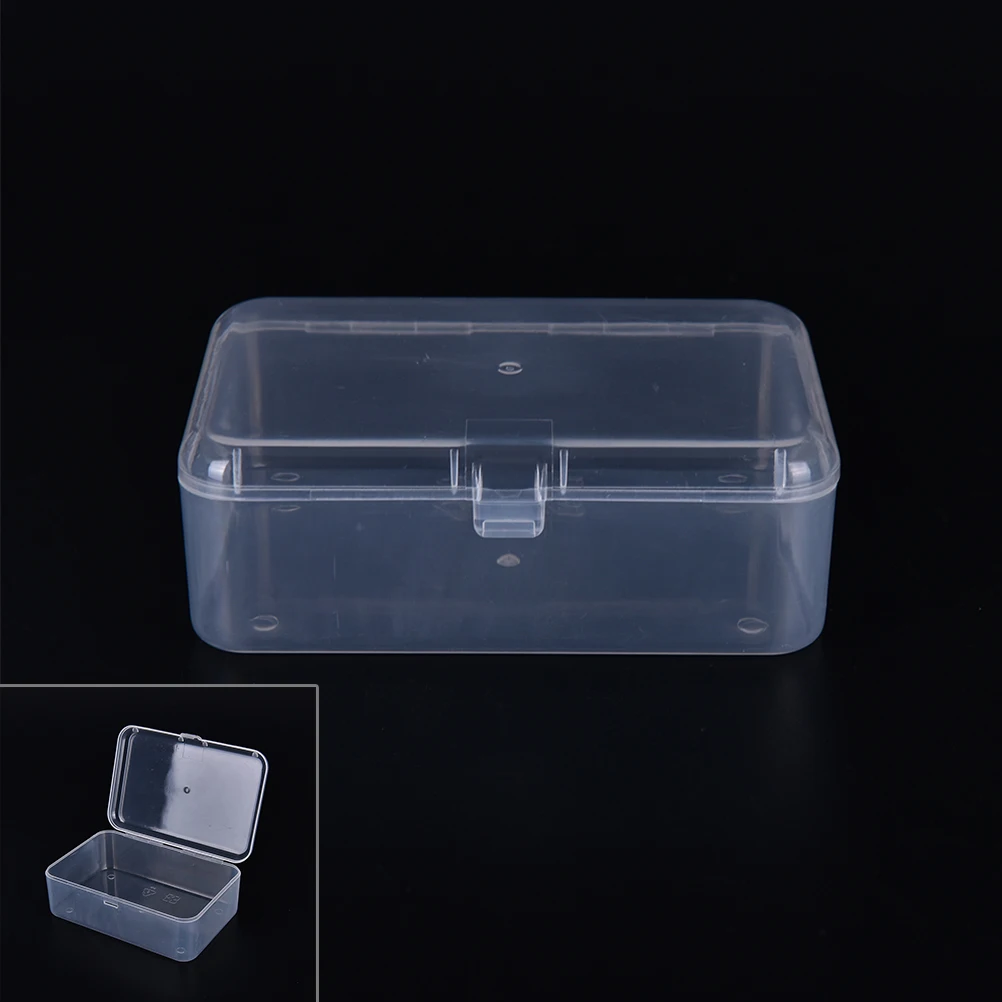
The article does not mention interest groups as such, but the “constituents” it describes are not John and Jane Voter they include military contractors, state and local universities and museums, and the Coast Guard. Similarly, constituents in home districts are becoming bolder as the earmarking process becomes less mysterious.” Because everyone can see who is receiving what, rank-and-file members are clamoring for their districts to obtain a bigger share of the goodies. The distribution of earmarks among legislators has also changed: “Many lawmakers say the increased openness has put the in an awkward position. Andrews and Robert Pear, “With New Rules, Congress Boasts of Pet Projects,” New York Times, August 5, 2007). Recently, the New York Times reported that the new rules have greatly increased the number of earmarks (Edmund L.

Prominent among these is a rule requiring that “earmarks” - roughly, appropriations targeted towards specific projects in particular House districts – be collected into a single list and, crucially, that the legislators who push for an earmark must attach their names to it. The new-ish Democratic Congress has instituted several reforms in the direction of greater transparency in the lawmaking and budget-setting process. Budget,” forthcoming in Fiscal Challenges (Garrett, Graddy and Jackson, eds.) (Cambridge University Press, forthcoming October 2007)). (The article below draws upon material in Chapter 6 of Mechanisms of Democracy: Institutional Design Writ Small, and upon Elizabeth Garrett and Adrian Vermeule, “Transparency and the U.S.

Adrian Vermeule, author of Mechanisms of Democracy and co-author with Eric Posner of Terror in the Balance: Security, Liberty, and the Courts, is a Professor of Law at Harvard Law School.


 0 kommentar(er)
0 kommentar(er)
